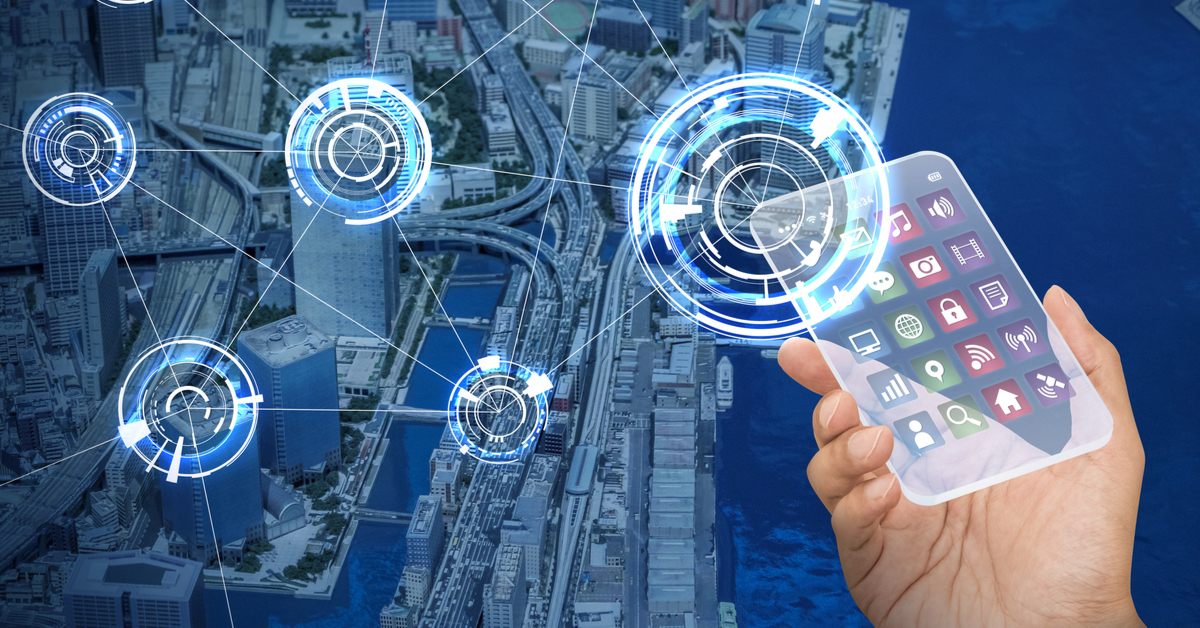The rise of mobile devices and location tracking technologies has enabled the development of a new class of services – location-based services or LBS. LBS utilize the geographic location of a mobile device to provide context-aware information to users. Over the past decade, LBS have seen tremendous growth and are now being used by billions of people worldwide for everything from navigation to social networking. In this article, we will explore the evolution of LBS, some popular LBS currently available and the future outlook for this transformative technology.
Emergence of GPS and Smartphones
The foundation for modern LBS was laid in the mid-1990s with the introduction of the Global Positioning System (GPS). GPS enabled devices to precisely track their geographic coordinates using satellites. However, it was not until the arrival of feature-rich smartphones in the late 2000s that LBS truly took off. Smartphones integrated GPS receivers and always-on internet connectivity, allowing for the delivery of location-tagged content and services to users on the go. Early LBS focused on providing basic navigation and directions, but the demand soon grew for more immersive, personalized experiences leveraging a user’s live location.
Popular Location-Based Applications and Services
Navigation Apps: GPS navigation apps like Google Maps, Apple Maps and Waze were some of the earliest mainstream LBS. They provide turn-by-turn directions and real-time traffic updates to help users navigate seamlessly. Advanced features like mixed reality views and crowd-sourced incident reporting have enhanced the user experience.
Social Check-ins: The rise of location-sharing on social networks led to new types of LBS. Popular apps like Foursquare and Facebook Places allowed users to “check-in” at locations and share their whereabouts. Gamified elements like collecting badges and rankings turned casual check-ins into an engaging experience for many.
Location-Focused Social Networks: Dedicated location-based social networks like Nextdoor and Neighborly connect people within local neighborhoods, allowing for hyperlocal messaging, recommendations and community engagement based on location.
Dining and Delivery Apps: Food-ordering platforms integrate the user’s live location to surface nearby restaurant options for delivery or takeout. Examples include Uber Eats, DoorDash and Grubhub. Location also helps streamline the pickup/drop process.
Enhanced Shopping: Retail apps enable location-based discovery of nearby stores and real-time inventory. Targeted digital coupons and offers encourage on-the-go or impulse purchases. Brands can optimize content and promotions customized to a user’s current location.
Indoor Navigation: With the growth of large public venues like airports and malls, indoor mapping and navigation apps like MapswithMe have emerged. Precise location tracking within buildings helps users smoothly navigate complex indoor environments.
Personal Safety Tools: Applications like Noonlight and Guardly integrate a user’s live location with an emergency alert system. In risky situations, they can silently notify emergency contacts along with providing real-time location tracking to first responders.
Emerging Trends in Location Services
Augmented Reality: AR is enhancing LBS by overlaying rich, location-tagged visual content right in the real world as seen through a mobile camera view. Examples include games like Pokémon GO and educational/tourist applications. Brands are also leveraging AR for interactive location-based marketing.
Internet of Things Integration: As more everyday objects gain internet connectivity, LBS will increasingly leverage the interaction between smartphones and nearby IoT beacons/devices. This could power seamless check-in/checkout processes, item pickup authentication and digital wayfinding through “smart” environments.
Hyper-Personalization: With access to extensive demographic and behavioral location data, LBS can deliver a highly customized experience for each user. Dynamic, location-aware recommendations for points-of-interest, services and purchases will be tailored based on contextual signals like time of day, weather, past preferences and more.
Automotive Integration: As vehicles add telematics and satellite connectivity capabilities, LBS on car infotainment systems will gain new prominence. Features like live traffic rerouting, electronic vehicle registration/payment systems and automated emergency calling integrated with vehicle location will strengthen the overall in-car experience.
New Business Models: Alternative location-based advertising models are emerging, moving beyond simple physical proximity. Outcomes-based approaches quantify user engagement and purchases driven by hyper-targeted, location-aware digital advertising campaigns. Performance-linked payment schemas incentivize maximizing business goals for brands.
From humble beginnings in on-device GPS, LBS have proliferated across a wide range of areas and use cases riding on the mobile revolution. The integration of contextual location intelligence is becoming a basic expectation across most digital experiences. As technologies like 5G, edge computing and IoT progress, LBS will only further permeate our daily activities both virtually and physically in exciting new ways. Both businesses and users stand to reap immense benefits from this continuing transformation driven by location awareness.



